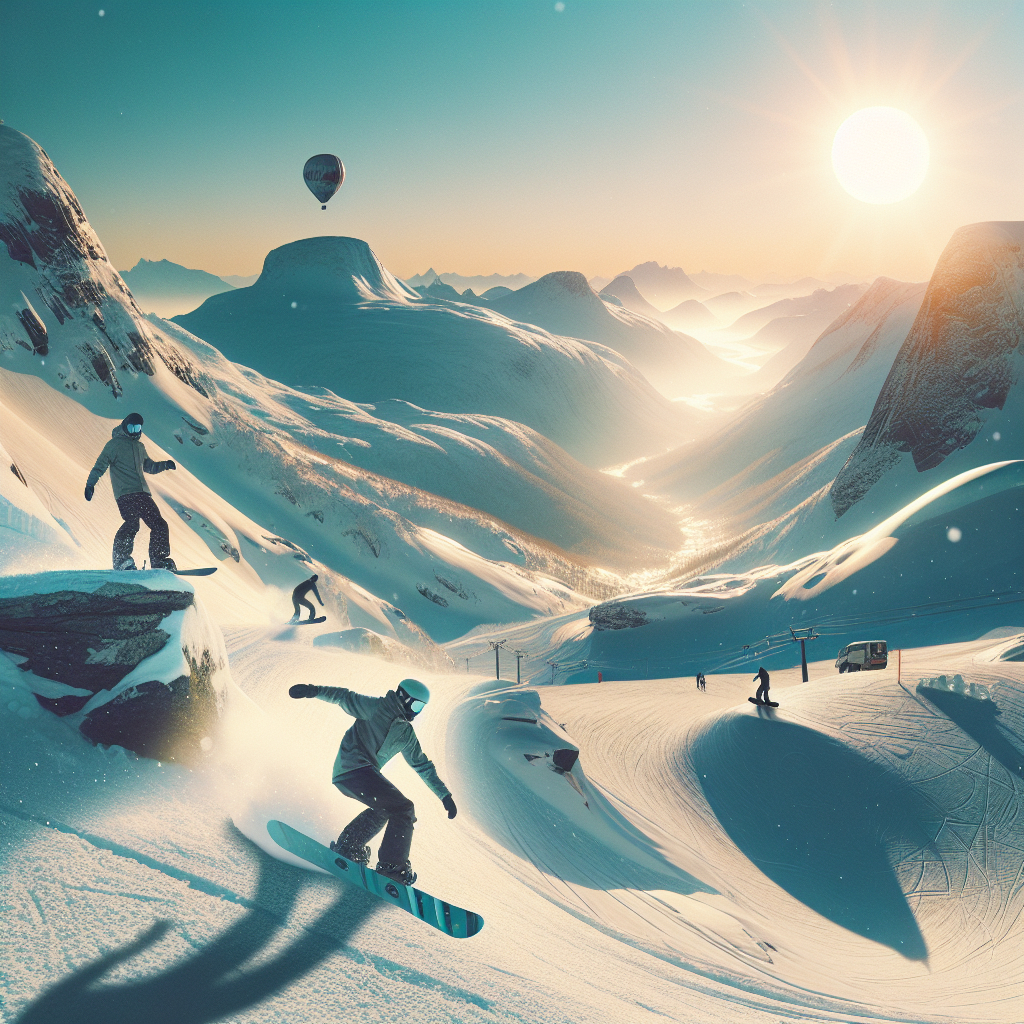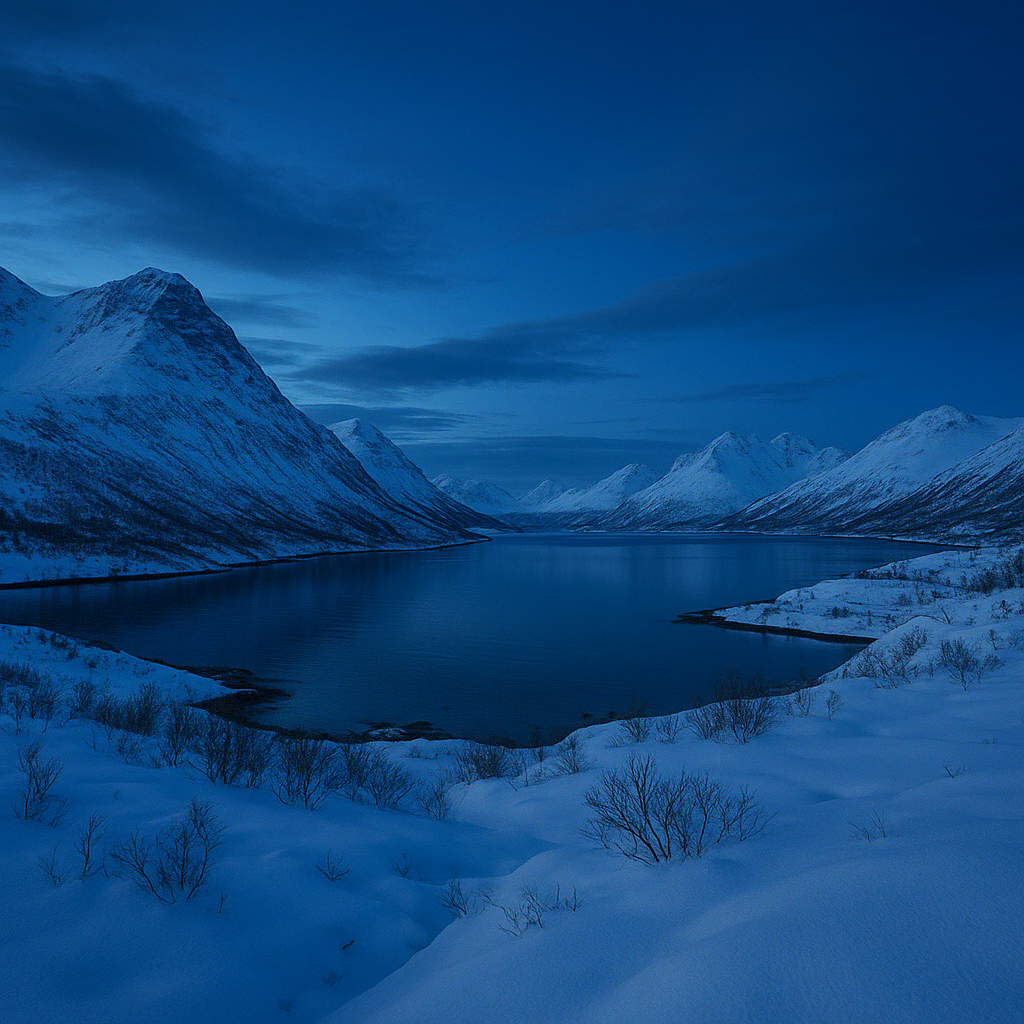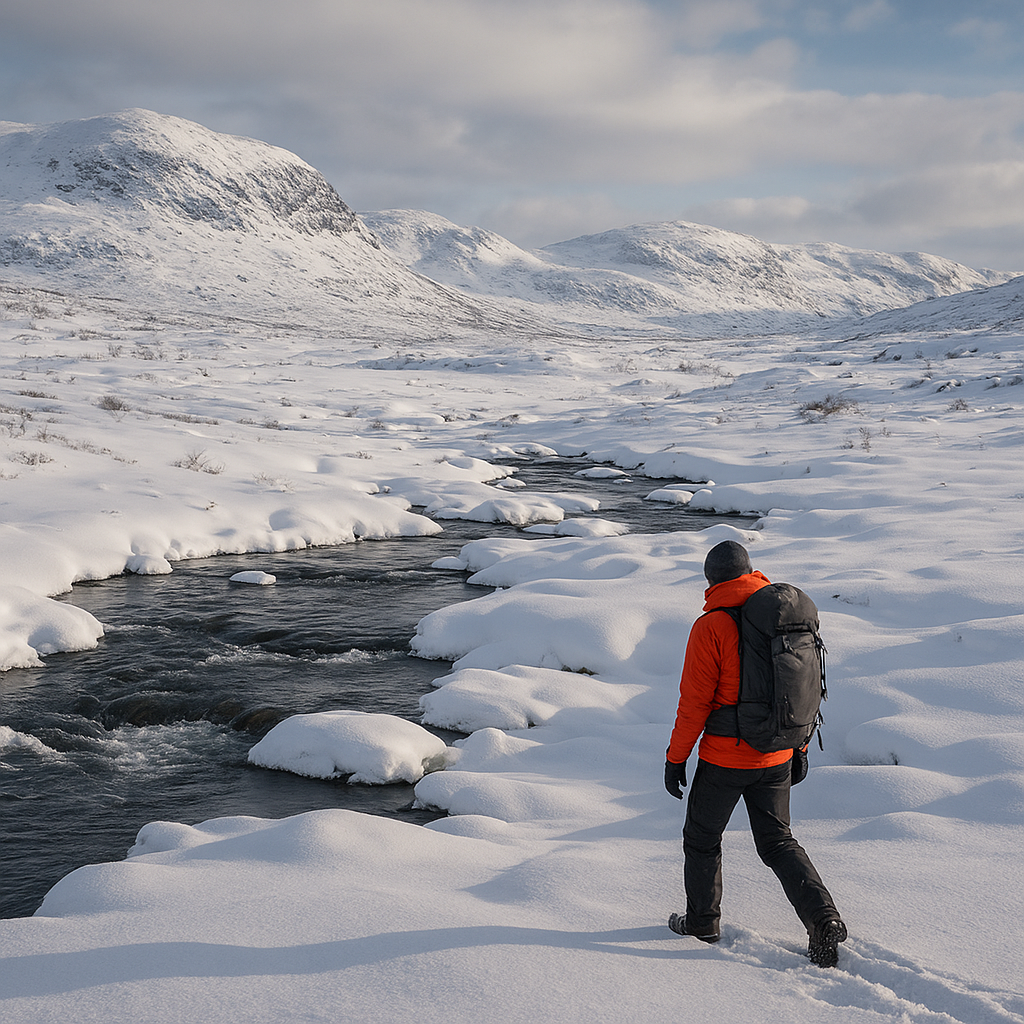
Snowboarding in Norway offers an exhilarating experience, with its rugged terrain and breathtaking landscapes. However, the challenging conditions also demand a high level of safety awareness. This article provides essential safety tips for snowboarding in Norway, ensuring that you can enjoy the sport while minimizing risks.
Understanding Norway’s Terrain
Norway is renowned for its diverse and rugged terrain, which presents both opportunities and challenges for snowboarders. The country’s mountainous regions, such as the Lyngen Alps and the Jotunheimen range, offer some of the most spectacular snowboarding experiences in the world. However, these areas are also known for their unpredictable weather and varying snow conditions.
Weather Conditions
One of the most critical factors to consider when snowboarding in Norway is the weather. The country’s climate can change rapidly, with sudden snowstorms, high winds, and fluctuating temperatures. It is essential to check the weather forecast before heading out and to be prepared for sudden changes. Carrying appropriate gear, such as waterproof clothing, extra layers, and a reliable weatherproof backpack, can make a significant difference in maintaining comfort and safety.
Snow Conditions
Norway’s snow conditions can vary greatly depending on the region and time of year. In some areas, you may encounter deep powder, while others may have hard-packed snow or icy patches. Understanding the type of snow you will be riding on is crucial for selecting the right equipment and adjusting your technique. For instance, riding on powder requires a different approach than navigating icy slopes. Always be prepared to adapt to the conditions and consider taking a local guide who is familiar with the area.
Essential Safety Gear
Wearing the right safety gear is paramount when snowboarding in Norway’s rugged terrain. The following items are essential for ensuring your safety on the slopes:
- Helmet: A high-quality helmet is a must to protect your head from potential injuries. Make sure it fits properly and is certified for snow sports.
- Goggles: Snowboarding goggles protect your eyes from snow, wind, and harmful UV rays. Choose goggles with interchangeable lenses to adapt to varying light conditions.
- Protective Padding: Wearing padding for your knees, elbows, and wrists can help prevent injuries from falls. Consider using a back protector for added safety.
- Avalanche Gear: In areas prone to avalanches, carrying an avalanche transceiver, probe, and shovel is essential. Additionally, consider wearing an avalanche airbag backpack for extra protection.
Training and Preparation
Proper training and preparation are crucial for safe snowboarding in Norway. Whether you are a beginner or an experienced rider, taking the time to prepare can significantly reduce the risk of accidents.
Physical Fitness
Snowboarding is a physically demanding sport that requires strength, endurance, and flexibility. Engaging in regular physical exercise, such as strength training, cardio, and stretching, can help you build the necessary fitness level. Focus on exercises that target your core, legs, and balance to improve your performance on the slopes.
Skill Development
Improving your snowboarding skills through lessons and practice is essential for navigating Norway’s challenging terrain. Consider taking lessons from certified instructors who can provide personalized guidance and help you refine your technique. Practicing on different types of terrain and snow conditions will also enhance your adaptability and confidence.
Respecting Nature and Local Regulations
Respecting the natural environment and adhering to local regulations is vital for safe and responsible snowboarding in Norway. The country’s pristine landscapes are a treasure that must be preserved for future generations.
Environmental Awareness
When snowboarding in Norway, it is important to minimize your impact on the environment. Stick to designated trails and avoid disturbing wildlife. Carry out all trash and avoid leaving any waste behind. By practicing Leave No Trace principles, you can help protect the natural beauty of Norway’s mountains.
Local Regulations
Familiarize yourself with local regulations and guidelines for snowboarding in the area you plan to visit. Some regions may have specific rules regarding off-piste riding, avalanche safety, and access to certain areas. Adhering to these regulations not only ensures your safety but also helps maintain the integrity of the environment.
Emergency Preparedness
Being prepared for emergencies is a critical aspect of snowboarding safety. Knowing how to respond to accidents and having the right equipment can make a significant difference in an emergency situation.
First Aid Kit
Carry a well-stocked first aid kit that includes bandages, antiseptic wipes, pain relievers, and any personal medications. Knowing basic first aid skills, such as how to treat cuts, sprains, and hypothermia, can be invaluable in an emergency.
Communication Devices
Having reliable communication devices, such as a fully charged mobile phone and a two-way radio, can be crucial in remote areas. Ensure that you have the contact information for local emergency services and know how to reach them if needed.
Emergency Plan
Develop an emergency plan before heading out on the slopes. Share your itinerary with someone who is not joining you and establish check-in times. In case of an emergency, having a clear plan can help rescuers locate you more quickly.
Conclusion
Snowboarding in Norway’s rugged terrain offers an unforgettable experience, but it also requires careful preparation and a strong focus on safety. By understanding the terrain, wearing the right gear, training adequately, respecting the environment, and being prepared for emergencies, you can enjoy the thrill of snowboarding while minimizing risks. Embrace the adventure, but always prioritize your safety and the preservation of Norway’s stunning natural landscapes.

